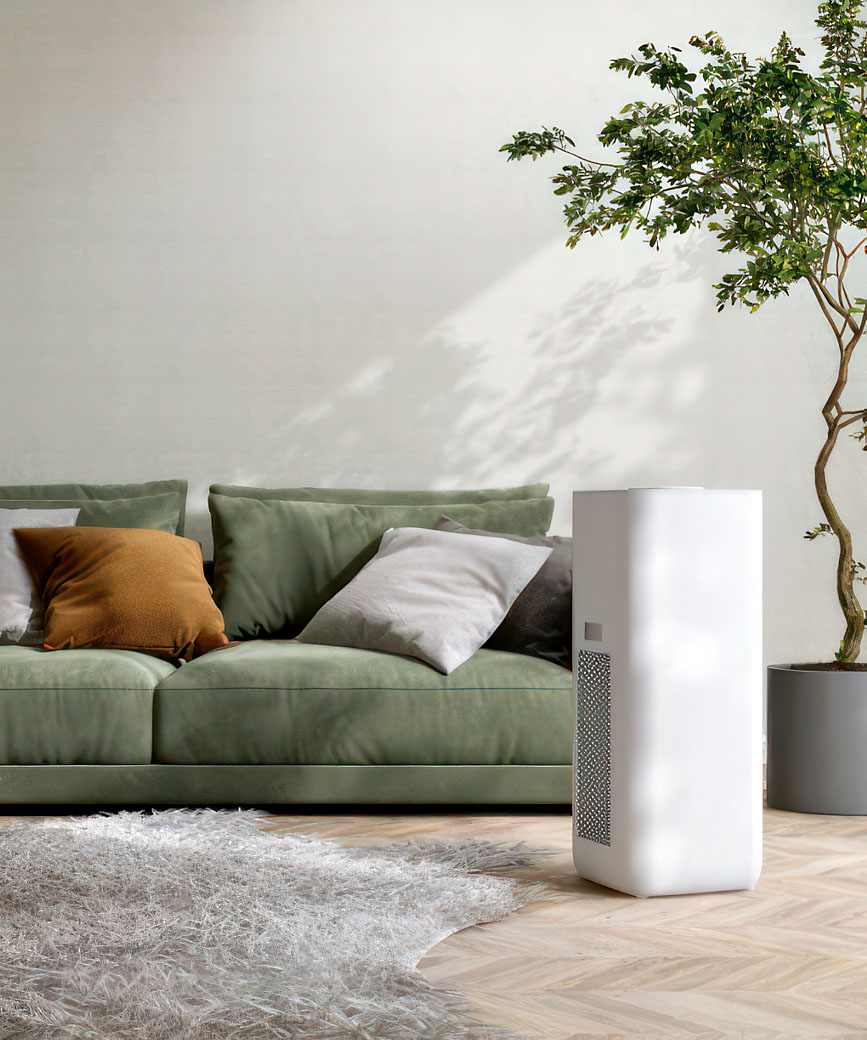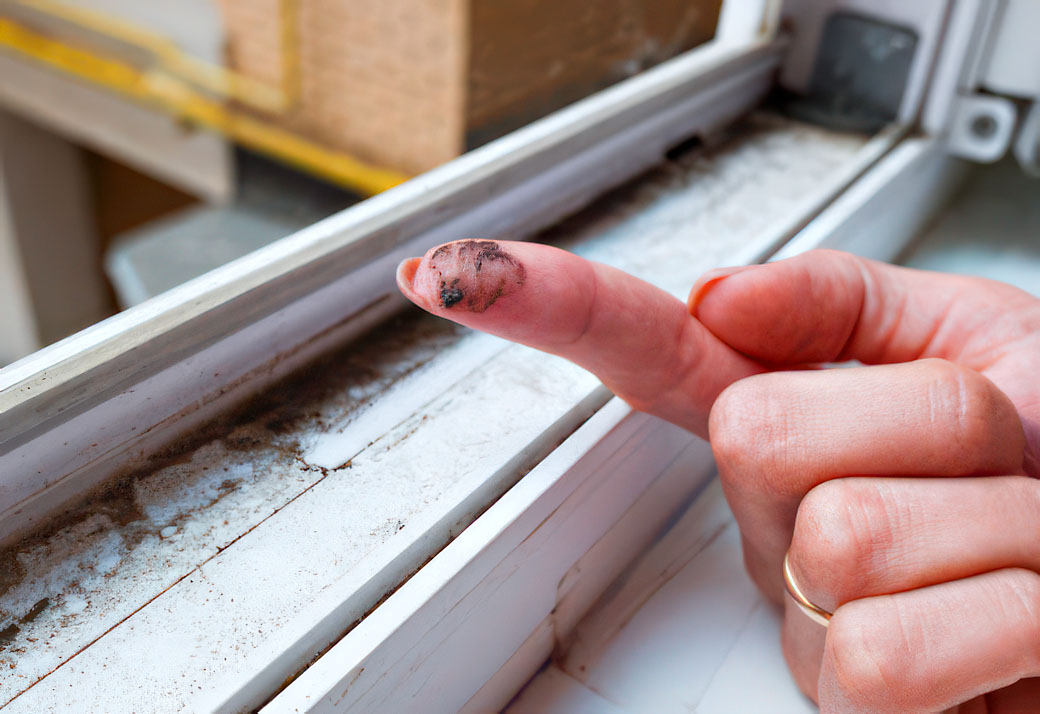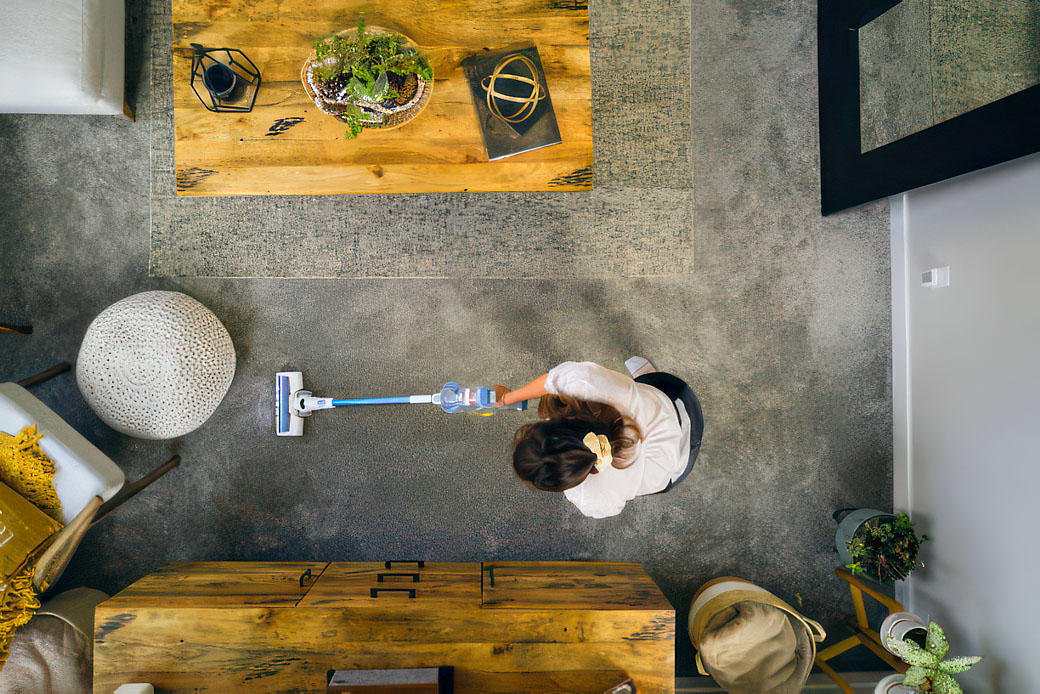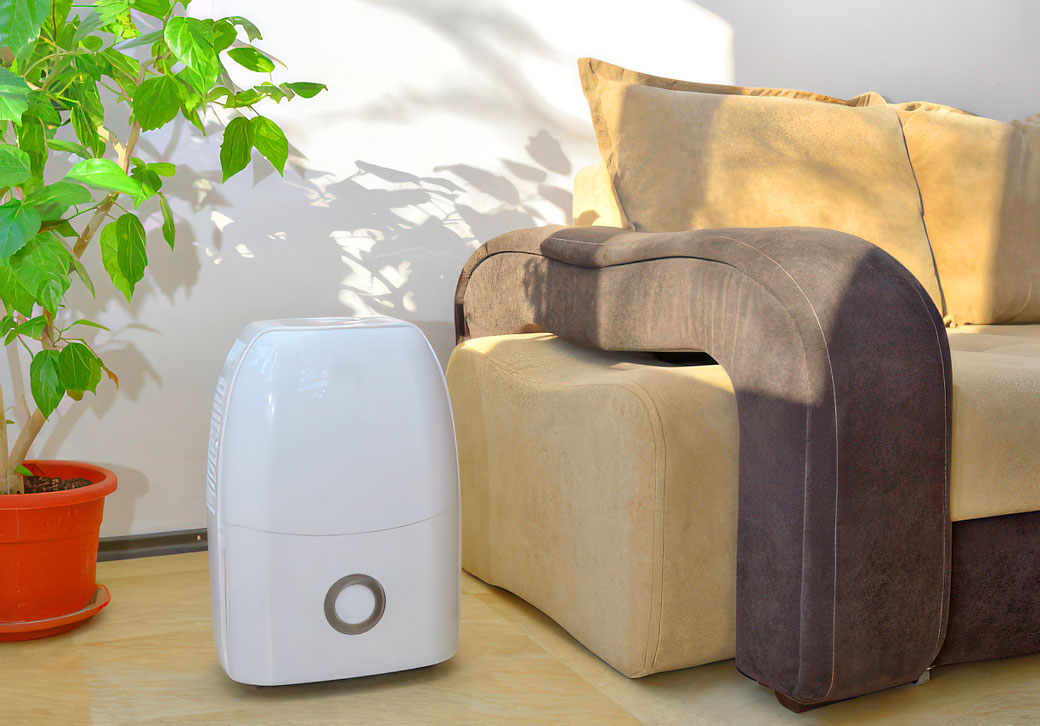
Kitchen Confidential: Secrets to Maintaining a Hygienic Culinary Sanctuary
Your kitchen is more than just a place to cook; it's a culinary sanctuary where delicious meals are created. To ensure that your kitchen remains a safe and hygienic environment, follow these expert tips:
1. Keep It Clean
Keeping your kitchen clean is crucial for maintaining a hygienic environment. Regular cleaning not only removes visible dirt and grime but also helps prevent the spread of germs and bacteria. Here are some tips:
Clean Surfaces Daily
Wipe down countertops, tables, and other surfaces with a disinfectant cleaner daily. Pay special attention to areas where food is prepared or stored.
Use the Right Cleaning Products
Choose cleaning products that are specifically designed for kitchens and are effective against germs. Products like Goplus and NORDMOND 2 steam cleaners, make perfect germ-killing surface cleaners can help eliminate bacteria and viruses.
Sanitize Sponges and Dishcloths
Regularly sanitize your sponges and dishcloths by soaking them in a solution of bleach and water or by running them through the dishwasher.
Keep Floors Clean
Sweep and mop floors regularly to remove dirt, food particles, and spills. Consider using a dehumidifier device, such as Aiusevo AS280 to help prevent mold and mildew growth in damp areas.
Organize and Declutter
Keep your kitchen organized and clutter-free to make cleaning easier. Use storage solutions like madesmart 2-Tier Organizer kitchen organizers to maximize space and keep items off the countertops.
Don't Forget the Appliances
Clean your appliances regularly to remove food debris and spills. Use a air purifier such as LEVOIT LAP-V201S-WUS to help eliminate odors and improve air quality in your kitchen.
Deep Clean Regularly
Every few months, deep clean your kitchen by cleaning out cabinets and drawers, scrubbing tile grout, and cleaning behind appliances. Consider using a steam cleaner for a thorough, chemical-free clean.
By following these tips, you can maintain a clean and hygienic kitchen that is safe for you and your family. Remember to use the right cleaning products and equipment for the best results.
2. Watch Your Storage
Proper storage is essential for maintaining food safety and preventing contamination. Here are some tips:
Use Airtight Containers
Store dry goods such as flour, sugar, and cereals in airtight containers to prevent pests and maintain freshness. Consider using air tight container like Vtopmart SVM02029 for maximum storage efficiency.
Keep Refrigerators and Freezers Organized
Organize your refrigerator and freezer to ensure proper air circulation and to prevent cross-contamination. Use storage bins and Flents : 70325 refrigerator organizers to keep items separated and easy to access.
Check Expiration Dates
Regularly check the expiration dates of items in your pantry, refrigerator, and freezer. Discard any expired or spoiled food to prevent foodborne illness.
Store Raw Meats Properly
Store raw meats on the bottom shelf of the refrigerator to prevent juices from dripping onto other foods. Use M MCIRCO 2260-4 meat storage containers to contain any leaks or spills.
Rotate Stock
Practice FIFO (first in, first out) rotation when storing food items. Use older items before newer ones to prevent food waste and ensure freshness.
Use Clear Containers
Store items in clear containers to easily see what's inside and avoid duplicate purchases. Consider using Delamu DLM-ClearOrganizers-2Set pantry organizers to maximize storage space.
Keep Countertops Clear
Keep countertops clear of clutter to make cleaning easier and prevent the accumulation of dust and debris. Use storage solutions like ClearSpace 10x6x3-divider-handle kitchen countertop organizers to keep items off the counters.
By following these storage tips, you can maintain a well-organized kitchen that is both efficient and safe. Remember to regularly clean and inspect your storage areas to ensure food safety.
3. Mind Your Appliances
Your kitchen appliances can be breeding grounds for germs if not cleaned and maintained properly. Here's how to keep them germ-free:
Clean Your Appliances Regularly
Regularly clean and sanitize your appliances to prevent the buildup of food residue and germs. Use a Mr. Clean : 30772107270 germ-fighting cleaner to ensure thorough cleaning.
Use a Steam Cleaner
Consider using a steam cleaner to deep clean and sanitize your appliances. Steam cleaning can effectively kill germs and bacteria without the use of harsh chemicals.
Sanitize High-Touch Surfaces
Focus on sanitizing high-touch surfaces such as refrigerator handles, oven knobs, and microwave buttons. Use a disinfectant spray or wipes designed to kill germs.
Check Seals and Gaskets
Regularly check the seals and gaskets on your appliances, such as the refrigerator and dishwasher, for signs of wear or mold. Replace any damaged or moldy seals to prevent leaks and contamination.
Use UV-C Light Sanitizers
Consider using UV-C light sanitizers to kill germs and bacteria on surfaces. UV-C light has been shown to be effective in eliminating harmful pathogens.
Upgrade Your Appliances
If your appliances are old or difficult to clean, consider upgrading to newer models that are easier to maintain and clean. Look for appliances with germ-fighting features such as self-cleaning modes or antimicrobial surfaces.
By following these tips and using germ-fighting products, you can ensure that your kitchen appliances are clean and safe to use. Regular maintenance and cleaning are key to preventing the spread of germs and bacteria in your kitchen.
4. Control Cross-Contamination
Cross-contamination occurs when bacteria or other microorganisms are unintentionally transferred from one surface or food to another, leading to foodborne illnesses. Follow these tips to prevent cross-contamination:
Use Color-Coded Cutting Boards
Use separate cutting boards for raw meats, poultry, seafood, and vegetables to prevent cross-contamination. Color-coded cutting boards can help you easily identify which board to use for each type of food.
Wash Hands Frequently
Wash your hands thoroughly with soap and water before and after handling food, especially raw meats, poultry, or seafood. Use a germ-fighting hand soap to ensure your hands are clean.
Sanitize Kitchen Surfaces
Regularly sanitize kitchen surfaces, including countertops, sinks, and utensils, to prevent the spread of germs. Use a food-safe disinfectant to ensure thorough cleaning.
Use Separate Utensils
Use separate utensils for stirring, flipping, or serving food to avoid cross-contamination. Ensure that utensils used for raw meats are not used for cooked foods without proper cleaning.
Store Food Properly
Store raw meats, poultry, and seafood on the bottom shelf of the refrigerator to prevent drips onto other foods. Use airtight containers to store leftovers and prevent contamination.
Wash Dish Towels and Sponges Regularly
Regularly wash dish towels and sponges in hot water to kill bacteria. Replace sponges frequently to prevent the spread of germs.
Use Disposable Gloves
Consider using disposable gloves when handling raw meats, poultry, or seafood to prevent direct contact with bacteria. Dispose of gloves after each use and wash hands thoroughly.
By following these tips and using germ-fighting products, you can prevent cross-contamination and ensure that your kitchen is a safe and healthy environment for food preparation.
5. Practice Safe Cooking
Safe cooking practices are essential to prevent foodborne illnesses. Follow these guidelines to ensure safe cooking in your kitchen:
Cook Food Thoroughly
Cook food, especially meats, poultry, seafood, and eggs, to the recommended internal temperatures to kill harmful bacteria. Use a food thermometer to check the temperature of cooked foods.
Avoid Cross-Contamination During Cooking
When cooking, use separate utensils and cutting boards for raw and cooked foods to prevent cross-contamination. Clean surfaces and utensils thoroughly after they come into contact with raw foods.
Keep Hot Foods Hot and Cold Foods Cold
Keep hot foods above 140°F (60°C) and cold foods below 40°F (4°C) to prevent the growth of bacteria. Use a refrigerator thermometer to ensure your refrigerator is at the correct temperature.
Reheat Leftovers Properly
When reheating leftovers, ensure they are heated to an internal temperature of 165°F (74°C) to kill any bacteria. Use a microwave-safe cover to prevent splatters.
Use Clean Utensils and Cookware
Use clean utensils and cookware when preparing and cooking food. Wash utensils and cookware in hot, soapy water or use a dishwasher to ensure they are clean and sanitized.
Practice Good Hygiene
Wash your hands frequently with soap and water, especially after handling raw foods, using the bathroom, or touching pets. Use a Secura V-470 hands-free soap dispenser to avoid touching contaminated surfaces.
By following these safe cooking practices and using germ-fighting products, you can ensure that your meals are not only delicious but also safe for consumption.
6. Maintain a Hygienic Environment
To ensure your kitchen remains a safe and healthy space, it's important to maintain a hygienic environment. Follow these tips:
Regularly Clean and Disinfect Surfaces
Use a Wet & Forget E801064-F to clean countertops, cutting boards, and other surfaces regularly. Pay special attention to areas that come into contact with raw foods.
Keep Your Sink Clean
Regularly clean your sink and drain to prevent the buildup of bacteria and germs. Use a Drano : ASJ-091 to remove food debris and stains.
Dispose of Garbage Properly
Dispose of food waste and garbage in a timely manner to prevent odors and the attraction of pests. Use a Ninestars TM50SKA003 hands-free trash can to minimize contact with germs.
Store Food Properly
Use airtight containers to store leftovers and keep them in the refrigerator. This helps prevent the growth of bacteria and keeps food fresh longer.
Use Air Purifiers to Remove Airborne Contaminants
Consider using an Elevate Your Home : PuroAir 240 HEPA 14 with HEPA filters to remove airborne contaminants and improve indoor air quality. This is especially important if you have pets or allergies.
Regularly Inspect and Maintain Appliances
Inspect and clean your appliances regularly to ensure they are in good working condition. This includes your refrigerator, oven, microwave, and dishwasher.
By maintaining a hygienic environment in your kitchen and using germ-fighting products, you can create a safe and healthy space for cooking and dining.
By following these tips, you can maintain a hygienic kitchen that is safe for cooking and enjoying delicious meals. Remember, a clean kitchen is the foundation of a healthy lifestyle!
Trending Articles











